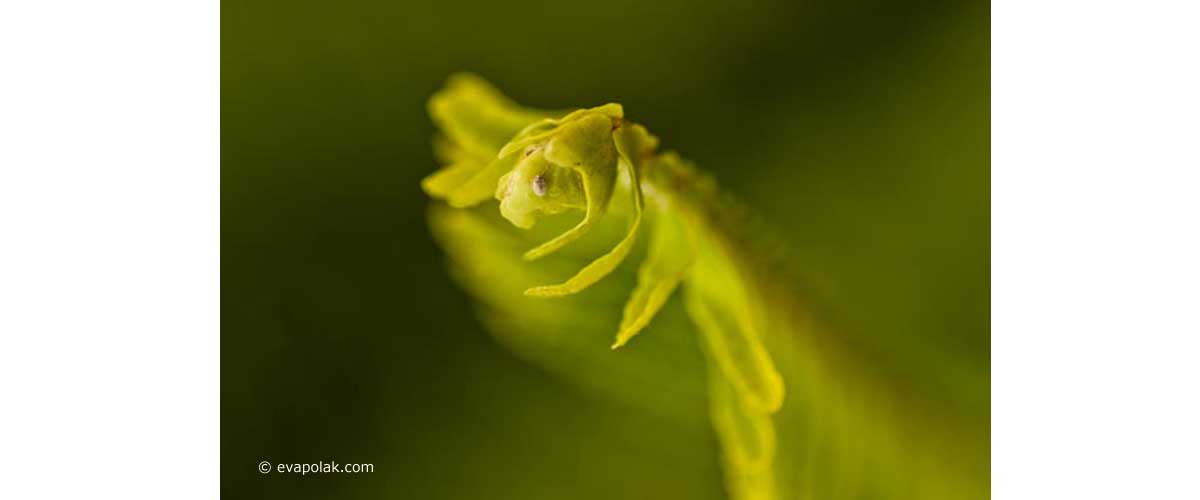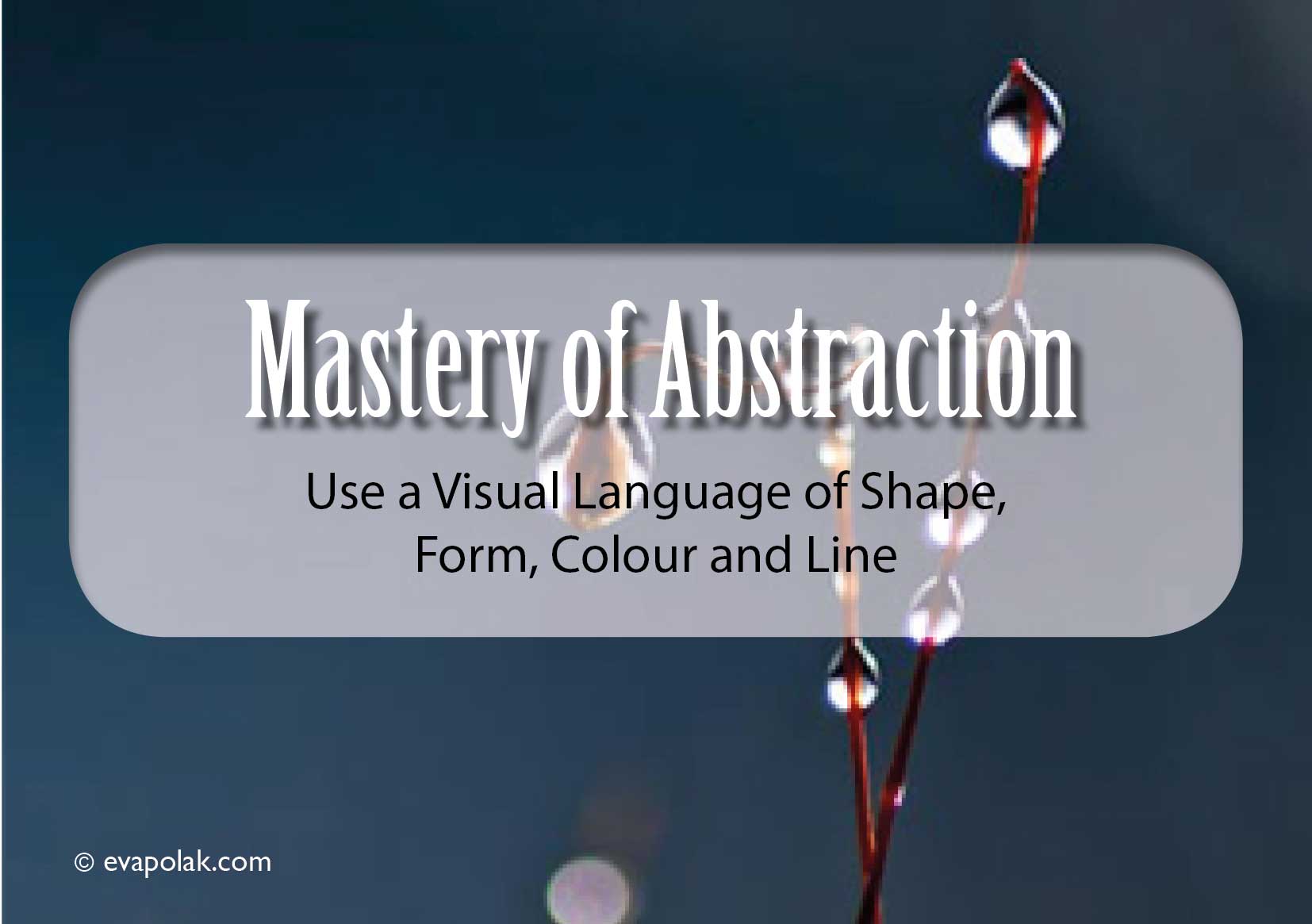Making an attempt to start something new can be both daunting and intimidating.If you have only been doing "straight" photography, contemplating abstract work might seem difficult. However, by deciding to take this step, you will be expending your photographic horizons and opening up countless new creative possibilities.
One of the most crucial aspects of abstract photography is finding subject matter that you want to explore or capture. It is not always easy, but it can be found all around us. You just need a little thought and a little practice at really looking, and seeing subjects in a new and different way. You can explore artistic themes found in both the natural world and man-made objects, and begin to capture abstract effects such as reflections, shadows, silhouettes, colours, patterns and textures.
When you are searching for subject matter it is important to be aware of your emotions and let them guide you through the process. Try to photograph your response to the mood that the subject evokes. Be intuitive. If the subject does not speak to you it will not speak to anyone else through your photographs.
"There is no abstract art. You must always start with something. Afterward you can remove all traces of reality."-- Pablo Picasso
Before you photograph a subject you need to have an idea about how you are going to interpret it, and how you will translate this idea into the photograph. You can help yourself generate ideas by keeping a visual diary, where all your concepts, notes, and different bits of inspiration can be easily accessed and used when needed. Collect images that surprise you, shock you or that simply inspire you. Ask yourself questions about how to achieve a new perspective on familiar objects. How can you extract new meanings from old objects? How can you depict them in a way that will suddenly make them seem unfamiliar? Is there an angle which the object has never been seen before? With practice you will encourage your intuition and imagination, and develop your own techniques of simplification and abstraction.
All good photographs are not just taken – they must be designed within the rectangle of the picture's frame. Design is about planning and organising the colours, shapes and lines that are used to create an image. Although it can be restrictive to have rigid rules when composing your image, it is wise to follow some principles in order to create a balanced photograph. But remember, design principles are simply a guide and you should not compromise your artistic vision for the sake of using them. When you understand the relationship between all the elements of design and you have a clear idea what you want to achieve, composing an image becomes a straightforward and effortless exercise.
With a bit of practice you will be able to "read" the subject in terms of these elements and see how they relate to each other. This will help you also to be less influenced by the reality of the objects, and will allow you to use the expressive language of those elements more freely. Shapes, colour, textures and lines, by associations, can create feeling, imply meaning, atmosphere and ideas. For example, colour has the ability to stimulate emotion and make statements about shape and space. Bright and bold colours suggest happiness and warmth; on the other hand, dark but rich colours suggest a sinister and mysterious mood.
Abstract photography is like telling a story. You have to make it short, beautiful and precise, as well as clear, exciting and imaginative. There are also many techniques you can use to create abstract photographs. For instance, macro photography lends itself very well to abstract shots, because it shows us the world in a different way than we normally see. The exciting thing about trying new techniques is not quite knowing what will happen. Maintain the feelings of excitement as you photograph. It is important to experiment and actively search for new approaches and techniques. The more you experiment with your photography, the better your technique will become, and the easier it will be to achieve your expressions.
Remember that technique is only a tool that helps you to translate your idea into a photograph. The most emotive photographs come from those photographers who are able to work with real feeling and passion.





